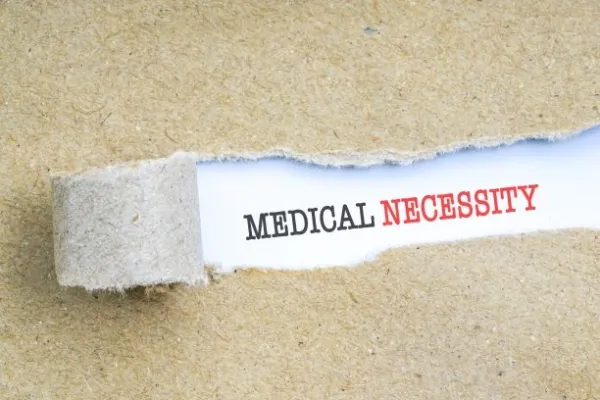Do You Understand What ‘Medical Necessity’ Means?
Although we hear the term “medical necessity” often, some coders aren’t sure exactly what the term means — check out this quick primer to ensure you stay on the right side of the rules. The American Medical Association defines medical necessity as “health care services or products that a prudent physician would provide to a patient for the purpose of preventing, diagnosing, or treating an illness, injury, disease, or its symptoms in a manner that is: (a) in accordance with generally accepted standards of medical practice; (b) clinically appropriate in terms of type, frequency, extent, site, and duration; and (c) not primarily for the economic benefit of the health plans and purchasers or for the convenience of the patient, treating physician, or other health care provider.” CMS relies on the Social Security Act (Title XVIII of the Social Security Act, Section 1862 [a] [1] [a]) for its understanding of “medical necessity.” That part of the law states “no payment may be made under [Medicare] part A or part B for any expenses incurred for items or services which … are not reasonable and necessary for the diagnosis or treatment of illness or injury or to improve the functioning of a malformed body member.” Other payers may take a similar approach. Bottom line: Payers can make their own rules about what services they consider “medically necessary” for specific health conditions, even if your physician disagrees. The diagnosis code(s) you report on a claim indicate the medical reason your provider performed the procedure, and if the insurer has access to your notes, they may use the records to justify medical necessity for a service as well. Do this: Your best defense is to understand payer rules for medical necessity and accurately document your physician’s work. If the rules deem a procedure not medically necessary, you can issue an Advance Beneficiary Notice of Noncoverage (ABN) so that the patient understands that they will be financially responsible for the procedure. Be sure that the ABN is in place prior to the service being provided to solidify its validity.




